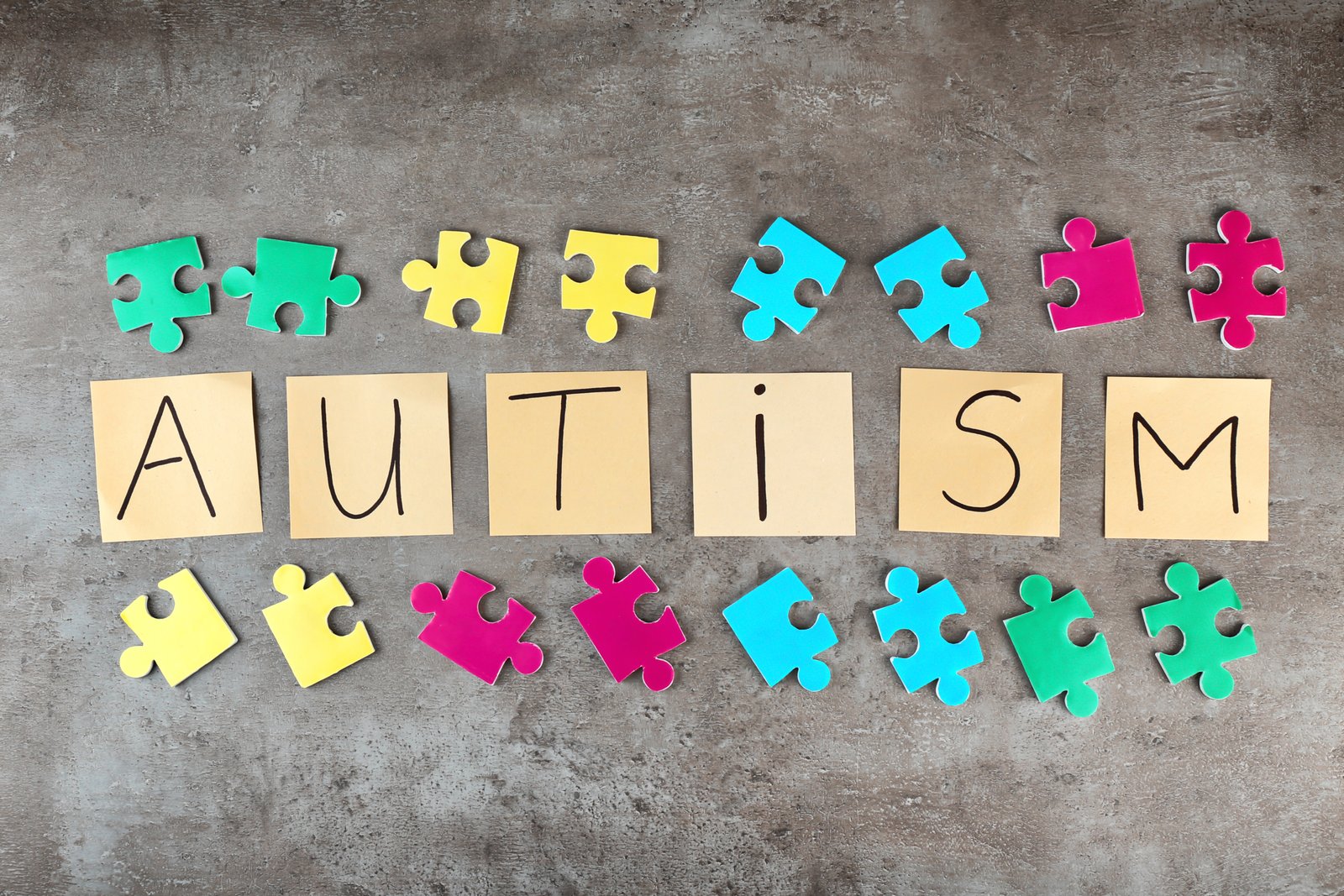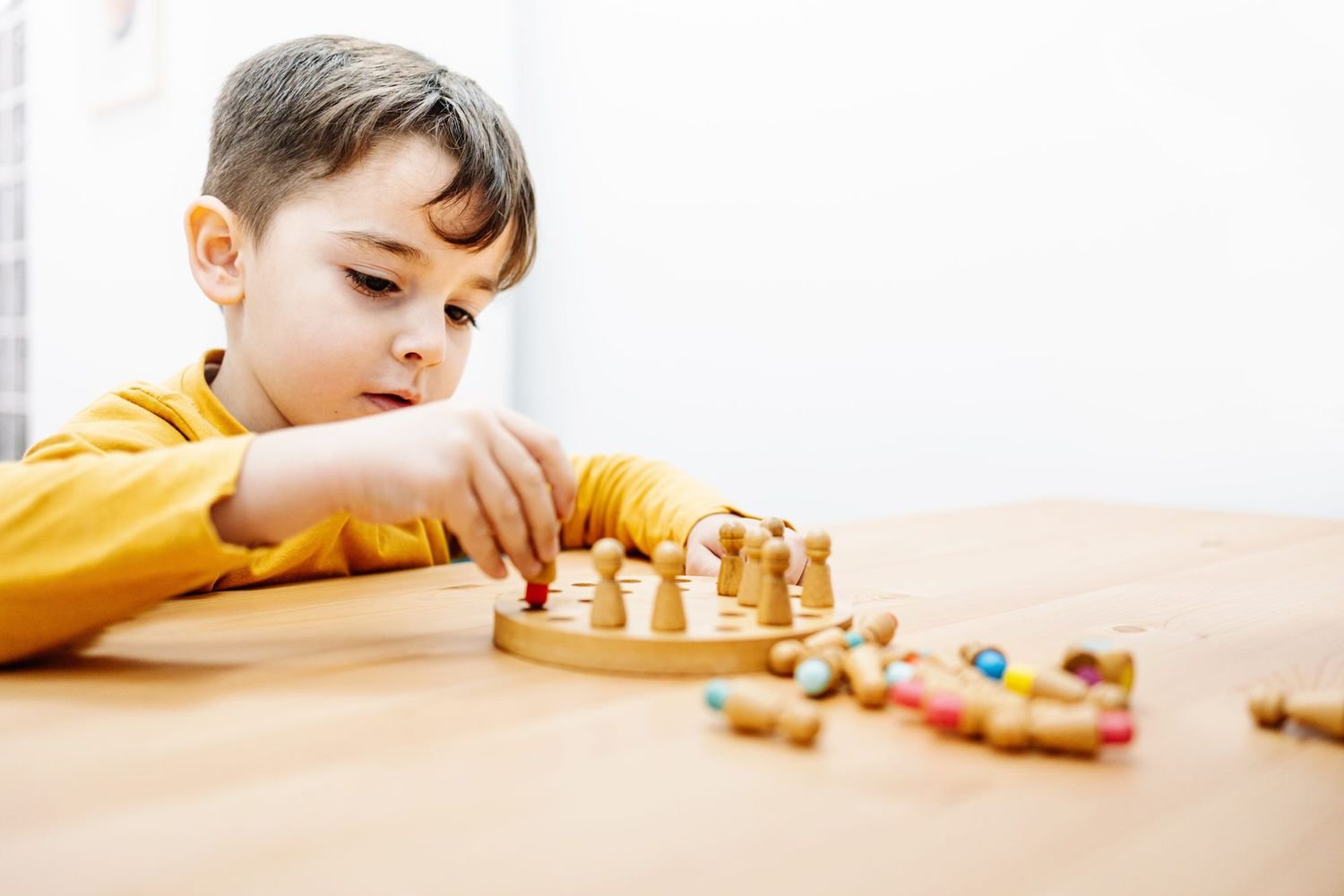Concept about Autism – This book covers the entire syllabus of “Psychiatric Nursing” prescribed by the Universities of Bangladesh- for Basic and diploma nursing students. We tried to accommodate the latest information and topics. This book is an examination-friendly setup according to the teachers’ lectures and examination questions.
At the end of the book previous university questions are given. We hope in touch with the book students’ knowledge will be upgraded and flourish. The unique way of presentation may make your reading of the book a pleasurable experience.

Concept about Autism
Autism spectrum disorder
WHO, American Psychological Association classified ‘Autism’ as a developmental disability that results from central nervous system disorder. In 1943, Dr Leo Kanner labeled ‘the autistic disturbances of affective contact’ and early infantile autism, WHO in ICD-10, DSM IV 290.00 section described autism, which manifests itself, ‘before the age of 3 years’, children are marked by delay in their social interaction, communication, symbolic or imaginative play, exhibits lack of interest in other people.
The word ‘Autism’ is derived from Greek word ‘autos’ means ‘self. In 1911, Swiss Psychiatrist, Eugene Bleuler first used the word, ‘Autism’ in American Journal of Insanity.
Definitions:
“Qualitative impairment in social interaction, communication, restricted repetitive and steren typed patterns of behaviour, interests and activities, delays in abnormal functioning
(Ref-DSM IV, 2900
A pervasive developmental disorder characterized by a total lack of responsiveness to people, gross language developmental deficits or distortions, bizarre responses to environmental aspects eg resistance to change or peculiar interest in ananimate or inanimate object.
[Ref-American Psychiatric Acid
Incidence:
It is a rare disorder (2-4 cases/1000), long termillness with a poor prognosis
1. Common in boya than in girls, in first born male
2 Onset occurs before 30 months of age.
Predisposing Factors:
- History of perinatal complications- maternal bleeding, meconium in the anniotic fluid, etc.
- Anoxia during pregnancy and delivery
- Drug abuse in pregnancy
- Maternal rubella infection, congenital rubella
- Phenyl ketonuria
- Encephalitis
- Meningitis
- Tuberous sclerosis
- Familial interpersonal factors.
- Rett’s syndrome and Fragile x syndrome
Causes:
1. Abnormalities in brain functioning, e.g. Defects in temporal lobe and lateral lobe of brain, limbic system, purkinji cells in cerebellum, 3rd ventricle of brain and brain stem.
2. Genetic component: Monozygotic and dizygotic twins autism cases were observed, siblings of autistic children show a prevalence of autistic disorder
3. Biochemical factors: Elevated plasma serotonin levels
4. Psychosocial factors: Parental rejection, deviated personality, broken families, family stress, improper stimulation, defective communication pattern, lack of warmth and affection, aloofness, obsessive in nature, emotionally cold, parental deprivation, sibling conflicts.
Manifestations:
1. Behavioural manifestations: No reaction to physical contact, more ritualistic behaviour, preoccupied with one or more stereo typed behaviour, repetitive mannerisms related to parts of objects, intense or violent tantrums, aggressive or explosive behaviour, over active, uncooperative or resistant in nature, feels difficulty in regulating their behaviour resulting in crying, verbal out bursts, prone for self- injurious, inappropriate behaviour poorly modulated behaviour, anxious, always feels stress, reacts negatively to the changes in their surroundings, extensive withdrawal in overwhelming situations, depressed, obsessions, compulsions, routines around foods, co morbid mood, dislikes being touched or kissed, no separation anxiety when kept in unfamiliar environment with strangers, empathy will not develop, spends a lot of time stacking objects, lining things up, putting things in a certain order.
2. Communication pattern: Does not use speech to convey the message, delay in spoken language, lacks conversational skills, does not respond to his/her name, impairment in the use of multiple non-verbal behaviour, e.g. eye to eye contact, facial expression, body posture, gestures, stereo typed, idiosyncratic language, absence of imaginative activity, eg adult roles, storytelling abnormality in the production and content of speech, impairment in the ability to initiate or sustain conversation with others.
3. Social behaviour: Social smile remains as a reflex, non-responsive and disinterested in others, delay in social interaction, absence of social cues, doesn’t smile when smiled at, little social alienation, feels difficulty in establishing friendship, poor peer interpersonal relationships, lacks communication and interpretation skills, poor in sharing enjoyment, interests or achievements with other people, lives in their own world, likes to live alone, passively accepts cuddling, hugging, extensive withdrawal in overwhelming situations likes being in a well-known place.
4. Sensory development: Has poor eye contact, stares into open areas, doesn’t focus en anything specific, doesn’t follow directions, doesn’t point or wave good bye; doesn’t understand the concept of pointing, will look at the pointing hand rather than the object being pointed at. Sometimes seems to be deaf, tunes other people out, hands cover the ears often, unable to filter out sounds in certain situations, over sensitivity or under reactivity to touch, movement, sights or sounds. Physical clumsiness or carelessness, poor body awareness, easily distracted, impulsive physical or verbal behaviour, difficulty in learning new movements, difficulty in making transition from one situation to another, over responsive or unresponsive to sensory stimuli, difficulty in sensory integration.
5. Play activities: Use toys in place of words, in a repetitive manner, flushes toilet over and over again, turn the light on and off, watch a toy spin for hours, lack of varied, spontaneous lay, social initiative play appropriate to developmental level, prefers to play alone, delay in symbolic or imaginative play, does not know how to play with others, attachments to toys, objects or schedules, pretends dislike in playing, shows unusual attachments to toys, objects or schedule. Intellectual levels: IQ levels are below 50 (40%), 70 or more (30%) resistant to transition and change.
6. Motor aspects: Odd movement patterns, likes to spin around in a circle, walks on his toes, delay in motor skills, unusual repetitive motions or stemming, spends lot of time repeatedly flapping their arms or wriggling their toes, others suddenly freeze in position, perseveration, restricted activities, attachment to unusual objects, heightened pain threshold.
7. Effects on education: Delay in academic achievement, learning difficulties
8. Treatment
1. Drug therapy, e.g. lithium, risperidone
2. Behaviour therapy, eg. contingency management, positive reinforcement, self-care skills, role modelling
3. Psychotherapy, eg. counselling, supportive therapy
4. Special schooling includes vocational training
5. Residential treatment
6. Cognitive therapy, patient education, self-monitoring and self-controlmethod
7. Social therapy, to enhance peer interaction, to make the child to be integrated in mainstreamof social environment
8. Teacher training-developing skills in handling autistic children.
Complications: Epileptic seizures

Nursing Management:
Assessment Assess the intellectual ability, cognitive levels, communication skills, interaction pattern, social skills, language skills, motor skills, behaviour pattern, sensory development, ritualistic behaviour, play activities, etc. of autistic child. Family perception, emotional condition of care takers, interaction pattern among family members.
Goals
1. To meet the total needs of children.
2. To promote and establish good interpersonal relationship
3. To develop social skills, communication skills, interpersonal skills
4. To protect the children from harming themselves and to others
5. To provide emotional support to the entire family
Interventions:
1. Serve the child one to one basis.
2. Meet the child’s basic human needs, as the child may not be able to verbalize, nurse has to be aware of those needs and set up routine and meet them, eg hydration, nutrition, elimination and rest, etc.
3. Utilizes and teaches certain “behaviour modification techniques”, formulates schedule and fix up the activities.
4. Encourage the child to do the activities on his own, e.g. dressing, hygienic needs Educates the ‘self-care techniques’ to the child.
5. Provide moral support to the parents as they were very anxious, depressed and feeling guilty, clarify their doubts and try to involve them in meting child’s needs, as they play an integral and vital role in providing care to the child.
6. Permit limited number of caregivers to ensure warmth, acceptance, affection and availability to the child.
7. Teaches the parents about the disease and it’s prognosis, so that they will be able to work with him at the appropriate developmental level.
8. Teach the child the signs, symbols, eye contact (non-verbal).
9. Demonstrate ‘communication skills’, ‘social skills’. Teach the importance of establishing and maintaining good interpersonal relationship.
10. Encourages, appreciates the child, ensures positive and social reinforcement to the child for the exhibition of desirable behaviour, e.g. touching, cuddling, hugging.
11. Motivates the child to express or to communicate his needs verbally.
12. Clarifies and makes the child to interpret his behaviour.
13. Provide the language training’ to the child, e.g.verbs, objects and show action or motion whatit means, then he will follow it easily.
14. Help the child to learn creative activities, e.g.drawing, art, mirroring.

15. Ensure security and diversion to the child.
16. Give familiar objects to the child, e.g. blanket, toy, etc. to feel comfortable.
17. Assist the child to learn their own body parts.
18. Protect the child from injuries and hurting others.
19. Administer the medications as prescribed.
20. Make the child to adjust socially to the environment.
[Ref: KP Neeraja/1/Vol-2/478-80)
Read more:
